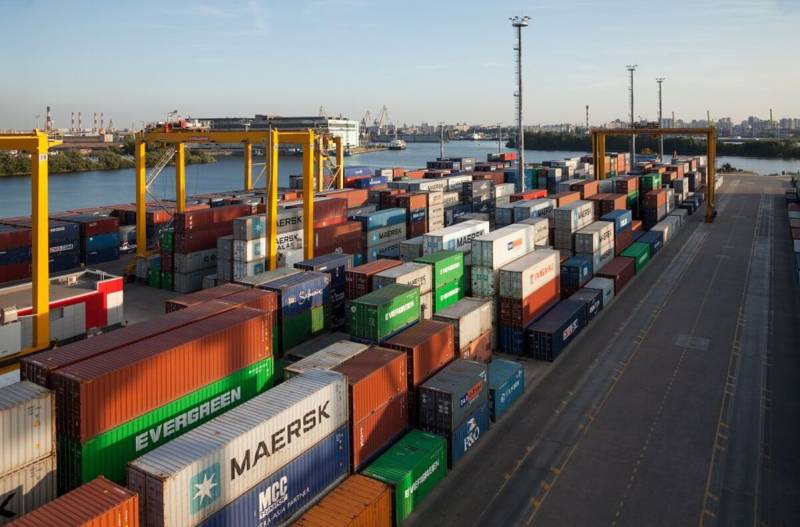View from the West: Russia's economy survived the sanctions, and there are reasons for this
Economic Russia's ties with countries around the world have undergone significant changes as a result of sanctions since March 2022, the Global Business Outlook website writes.
The publication reports that during the three decades that followed the collapse of the Soviet Union, Russia agreed with the principles of global capitalism. Even though political contacts between Moscow and the West were often not quite stable, economic ties were always strong.
Middle-class Russians can make cheap trips to Europe or buy the latest Western consumer goods like jeans and smartphones. It only takes a few minutes to complete simple financial transactions, such as sending or receiving money abroad
writes Global Business Outlook.
Now, the resource emphasizes, that era may end forever. The US and its allies in Europe and Asia have launched sanctions against the Russian economy. They banned Russian ships and aircraft from entering their ports and airspace, respectively, introduced export controls for some of technologies and an embargo on Russian oil and coal, as well as freezing almost half of Russia's financial reserves and freezing several of the country's assets.
Data from the Yale Institute of Senior Executives shows that since the start of the conflict in Ukraine, more than 1200 international firms have either ceased or limited their activities in Russia. Some of these companies are Visa, IKEA, Apple, McDonald's and MasterCard.
The new sanctions regime has had controversial effects so far. The gross domestic product of Russia in the second quarter of 2022 decreased by 4% compared to the same period in 2021.
The new supply restrictions have also hurt Russian producers by depriving them of access to the imports they need to produce finished goods. For example, in the first half of 2022, car production in Russia decreased by 61,8%.
However, the Russian economy has so far shown much greater resilience than expected. The Russian ruble, which lost more than 30% of its value in late February and early March 2022, subsequently recovered to become the best performing currency of the year
- the article says.
Since hitting a record high of 17,8% in April 2022, inflation has steadily declined, hitting its low of 14,9% in August.
The publication notes that the sanctions, apparently, did not have much impact on everyday life, and the domestic manufacturer received support from the state. In addition, Russia was able to rebuild the chain of imports of consumer goods, as a result of which the market was saturated with them again. For example, the recent industrial boom in the Middle East and Southeast Asia has helped to quickly find alternatives to falling Western goods. Parallel import also works.
In addition, the Russian Federation has on its territory a lot of resources necessary for the production of goods, which very few countries in the world can boast of.
- Global Ports

Information